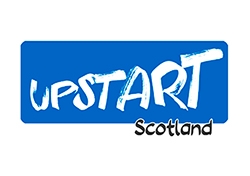Dear Jamie Hepburn,
I am a primary school teacher with nursery teacher experience and I have taught in nurseries, Primary 1 and Primary 2 for sixteen years.
All of my experience in Primary 1 and Primary 2 over the past six years has left me feeling that we are doing Scotland’s children a huge disservice by ignoring the call for a kindergarten stage.
What four and five-year-olds endure in Primary 1 and Primary 2 is inappropriate formal instruction, even in a play-based approach. With the national assessment of children in Primary 1 and the obsession with data for performance measuring, the pressure to teach reading, writing and numeracy is so misaligned with children’s needs at that age I am left feeling incredulous to the point that I will not choose to teach Primary 1 again.
As always the children who require more support to learn to read, write and count are the ones who have less time to play, practise positive interactions and benefit from all the advantages that good play pedagogy provides. For example, trying to teach the speech sounds of language for reading instruction (phonemes and phonics) before children have developed the physiology to actually produce the sounds is perplexing. Demanding children write letters before they have developed the physical ability to hold a pencil… Insisting that children write a story before they can even tell a story orally… We have the priorities wrong.
Teachers in Primary 1 and 2 are well placed to support children to develop much stronger language, better self esteem and mental health, along all the other many benefits that play pedagogy provides.
I am now in my 50s and feel so strongly about this issue that I am writing my first ever letter to an MSP. I’ve been a nursery teacher (10 years) Primary 1 teacher (4 years), am now a Primary 2 teacher and am also a mother, so I feel in a very knowledgeable position to make the plea to you to support the kindergarten stage proposal.
Please support the proposal for a kindergarten stage to replace formal instruction and appalling national assessments of children at the age of five. Please, please listen to us, the front line staff. I know what I’m talking about. I am happy to discuss this issue if you wish to contact me,
Yours sincerely,
Aileen Johnstone.

